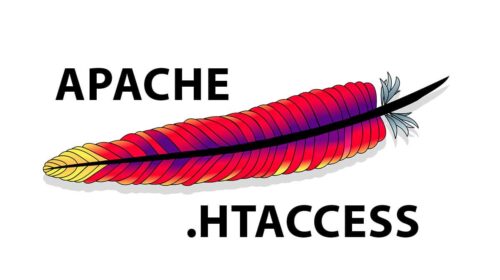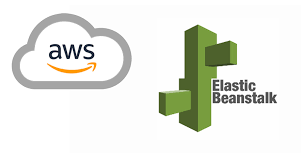How to host Codeigniter 4 Via Jenkins CICD Pipeline.
Hosting a CodeIgniter 4 application via a Jenkins CI/CD pipeline involves a series of steps to automate the deployment process. Here’s a simplified explanation of how to do it:
Pre-requisites
Before going ahead please check below Jenkins installation in Windows server / Linux / Ubuntu
1. Set Up Your Jenkins Environment:
- Make sure you have Jenkins installed and running.
- Install necessary plugins like Git and any other required plugins for your project.
2. Create a Jenkins pipeline:
- In Jenkins, create a new pipeline job.
- Configure the pipeline to connect to your version control system (e.g., GitHub or GitLab), where your CodeIgniter 4 project is hosted.
3. Define Your Jenkinsfile:
- In your project repository, create a Jenkins file (or use an existing one).
- The Jenkins file contains instructions for your CI/CD pipeline. Here’s a simplified example:
pipeline {
agent any
stages {
stage('Checkout') {
steps {
// Checkout the source code from your version control system
checkout scm
}
}
stage('Build and Deploy') {
steps {
// Build your CodeIgniter 4 application (e.g., Composer install)
sh 'composer install'
// Deploy the application to your web server
sh 'rsync -avz --delete ./your-codeigniter-app/ user@your-server:/path/to/your/web/root'
}
}
}
}
4. Setup Server Authentication:
- Ensure your Jenkins server can SSH into your web server without requiring a password. You can use SSH keys for secure authentication.
5. Configure the server and database:
- Make sure your web server is set up with PHP and a web server like Apache or Nginx.
- Create a database for your application and configure CodeIgniter to connect to it.
6. Install composer dependencies:
- Use Composer to install CodeIgniter 4’s dependencies during the build stage.
7. Deploy Your Application:
- Use an appropriate deployment method (e.g., rsync, FTP, or SCP) to transfer your CodeIgniter 4 files from your Jenkins server to your web server.
8. Configure the Web Server:
- Set up your web server (e.g., Apache or Nginx) to serve your CodeIgniter 4 application from the appropriate directory.
9. Test Your Deployment:
- After deploying, you may want to run tests or perform health checks to ensure your application is running correctly.
10. Monitor and maintain:
- Implement monitoring and logging to keep track of your application’s performance and any issues that may arise.
Remember that this is a simplified explanation, and the actual steps and configuration may vary depending on your specific environment and requirements. It’s important to adapt these steps to your project’s needs and security considerations.
Arjun is a Full-stack developer, who is fond of the web. Lives in Chikmagalur, Karnataka, India



